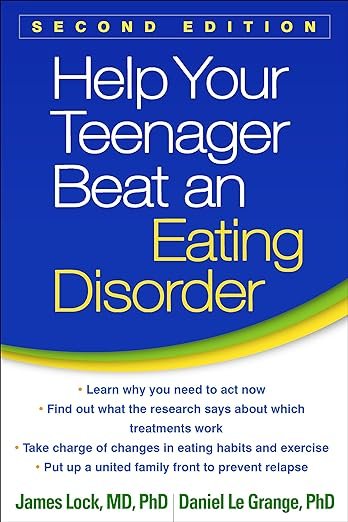
Maudsley model Family Based Treatment (FBT)
Maudsley model family based treatment (FBT), also known as “the Maudsley approach,” was originally developed at the Maudsley Hospital in London for the treatment of adolescent anorexia nervosa (AN). FBT aims to prevent hospitalization of adolescents struggling with AN, by empowering and incorporating parents into the refeeding process. This treatment model bolsters parent’s efforts and success with helping their child recover from AN, and return to normal adolescent development.
FBT can essentially be regarded as an intensive outpatient treatment, where family members play an active and positive role in combating their loved one’s eating disorder. FBT takes an agnostic view of eating disorders, meaning that clinicians do not analyze why the eating disorder developed and view the eating disorder as an external force that has taken over the individual. In FBT, parents and/or caregivers are viewed as the experts on their adolescent, and thus are an essential part of the solution, and members of the treatment team.
Helpful Resources
Academy for Eating Disorders (AED)
Eating Disorders: A Guide to Medical Care
Research has demonstrated that individuals who receive FBT recover at faster rates than those who receive individual therapy, specifically when the individual has been ill for a short period of time. FBT has also been found to reduce medical ramifications, increase chances of complete recovery, is more cost-effective than residential treatment, and allows adolescents to remain at home with family members. Due to the success of FBT for adolescents with AN, Maudsley model FBT has been adapted to treat adolescent bulimia nervosa (BN) and AN in young adults.
Phases of FBT Treatment
-
Phase I
Here in FBT Phase I, the primary focus is on refeeding. Refeeding is critical, given the immense, life-threatening danger of severe malnutrition that is associated with AN. Treatment is focused on weight restoration.

-
Phase II
After achieving weight restoration, control over eating is gradually returned to the adolescent in an age-appropriate manner. Emphasis is on weight maintenance, while addressing other eating disorder symptoms.

-
Phase III
An eating disorder can wreak havoc on an adolescent and their family. Phase III entails repairing strained family relationships, while helping the adolescent return to normal life (and stress). This may include re-engaging in sports, dating, or getting a driver's license.



